The
Mexican
Pet
The
Mexican
Pet
The
Mexican
Pet
More New Urban Legends
and Some Old Favorites
JAN HAROLD BRUNVAND
UNIVERSITY OF UTAH
WWNORTON & COMPANY
New York . London
Other books by Jan Harold Brunvand
THE TRUTH NEVER STANDS IN THE WAY OF A GOOD STORY
AMERICAN FOLKLORE: AN ENCYCLOPEDIA
THE BABY TRAIN
CURSES! BROILED AGAIN!
THE MEXICAN PET
THE CHOKING DOBERMAN
THE VANISHING HITCHHIKER
THE STUDY OF AMERICAN FOLKLORE
READINGS IN AMERICAN FOLKLORE
TOO GOOD TO BE TRUE
CONTENTS

 Refers to stories in .
Refers to stories in .
 Refers to stories in .
Refers to stories in .

Brunvand, a professor of English and folklore at the University of Utah, seems to have stumbled onto a cottage industry.
Peter Gorner in The Chicago Tribune 21 June 1984
How right he was! First I wrote  The Vanishing Hitchhiker, along with some new versions of old favorites. Im beginning to wonder when it will all end.
The Vanishing Hitchhiker, along with some new versions of old favorites. Im beginning to wonder when it will all end.
But why should it end? Folklorethe oral tradition never stands still for stuffing and mounting by the experts. No sooner do we folklorists track down, record, and publish a story, a song, or a saying than it pops up again in a different disguise. Repetition and variation in some traditional group and style are the very features that define folklore, and this folk process of oral transmission and transformation defies the march of progress. In fact, folk tradition even hitchhikes along with technological advances, so we can hear urban legends now on radio and television, see them dramatized in films, read them in newspapers, and transmit them to others via the mail, computer, or telephone. What the first stage of my cottage industry largely consists of is merely reading my mail, following the media, and keeping my ears open for the latest true stories that are going around in several different versions.
People are always telling, writing, and phoning me these rumors and storieswonderfully bizarre, usually funny, sometimes horrible, often weird, but always plausible. As soon as I open a letter that begins something like I just read your book and I wonder if this one might be an urban legend..., I know that Im probably about to read another likely candidate for my folkloristic research. As soon as someone starts telling me something like I dont know if this is true, but..., Ive come to expect yet another piece of datai.e. a new urban legend. I must admit that, in one form or another, Ive heard most of them before, but thats an occupational hazard for folklorists.
Folklorethe materialis what goes around and around and around by word of mouth, ever recognizable but ever changing too. Folklorethe studyis what I and my fellow researchers in this field do with it: collect the variations, organize them, and most of all try to explain the forms this material takes and the needs it seems to fill.
This book places texts rather than analyses of recent urban rumors and legends in the foreground. All of these texts are new; that is, they are either currently circulating versions of beliefs and stories discussed in The Vanishing Hitchhiker and The Choking Doberman, or they are recent items not mentioned in my earlier books. In actuality, of course, most of the stories are old; that is, they represent variations on previous themes. I have added comments and notes to each text explaining this sort of thing, and the reader wanting to learn more about urban legend studies should consult my first two volumes. There, too, you will find many other familiar urban legends that I couldnt squeeze into this collection, such as  The Hook,
The Hook,  The Runaway Grandmother,
The Runaway Grandmother,  Alligators in the Sewers, and
Alligators in the Sewers, and  The Cement-Filled Car in The Vanishing Hitchhiker; and
The Cement-Filled Car in The Vanishing Hitchhiker; and  The Elephant That Sat on a VW,
The Elephant That Sat on a VW,  The Procter & Gamble Trademark,
The Procter & Gamble Trademark,  The Stuck Couple, and
The Stuck Couple, and  Superglue Revenge in The Choking Doberman. The little symbols, remember, always remind you in which earlier book the stories that are presented here were discussed.
Superglue Revenge in The Choking Doberman. The little symbols, remember, always remind you in which earlier book the stories that are presented here were discussed.
Many texts in this book, unlike in my previous two, are quoted from news media and other sources in popular culture rather than purely folk circulation. I have come to appreciate much more since I began studying urban legends how central the print and broadcast media have become in the dissemination of traditional stories. Along with the claim that these odd things supposedly happened to the proverbial friend of a friend (the foaf), the other common validating formula used when they are told is, I think this was in the paper... or on the news. And since most urban legends are at least plausible, if a bit unlikely, most people tend to believe them at firstat least they believe some of the stories some of the time.

These stories (despite the subtitle of my first book) are not necessarily just American folklore. I evidently misled some readers with the line American Urban Legends and Their Meanings. What I meant was that most of my examples were drawn from sources in the United States and analyzed in terms of modern American culture. But the urban legend as a genre is not an exclusive American phenomenon. Take  The Death Car, for instance, which has been a favorite in the United States for at least thirty years. People tell it something like this:
The Death Car, for instance, which has been a favorite in the United States for at least thirty years. People tell it something like this:
Theres this beautiful classic Corvette [Porsche, Thunderbird, Buick etc.] that a dealer out in _____ has been trying to get rid of for months, and hes only charging $200 [$50, $ 100, $500, etc.] for it! The catch is that someone died in that car, or committed suicide or something, way out in the desert [woods, boondocks, inside his garage, etc.]. The body wasn t discovered for about a month, and the smell of death is so strong in that car that no one can stand to drive it. The stench not only permeated the upholstery but even soaked into the fiber glass body of the Corvette. So everyone that tries to drive the car brings it right back to the dealer and demands a refund. Wow, just think, a Corvette for $200! I heard this from a guy at work who knows someone who has a friend who thought he could either fumigate it or get used to the smell, but finally he had to take it back just like everyone else

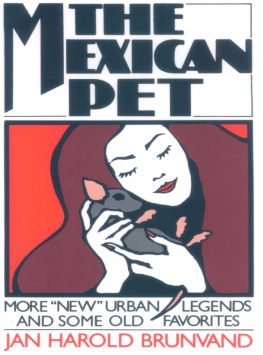

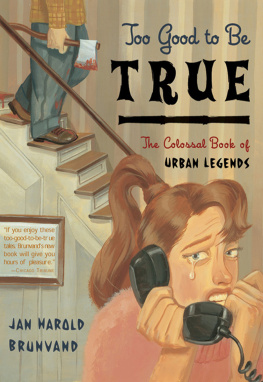
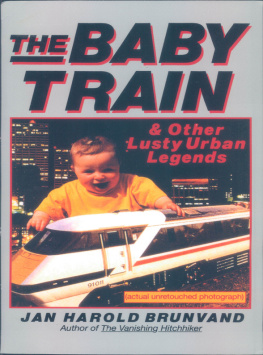
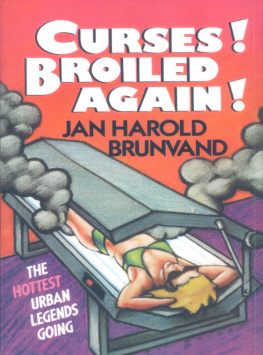
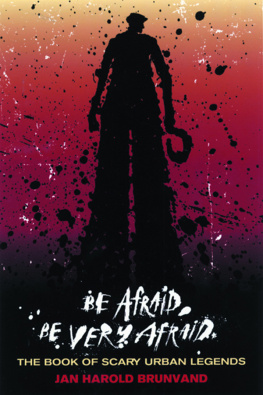
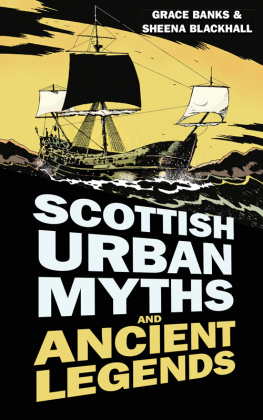
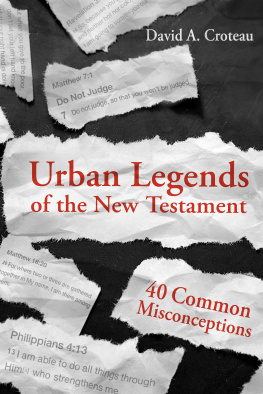
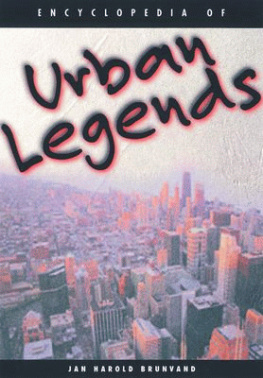

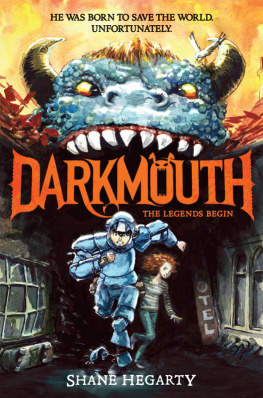
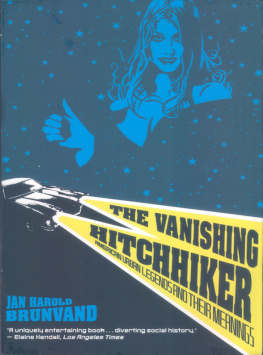


 Refers to stories in .
Refers to stories in . Refers to stories in .
Refers to stories in .